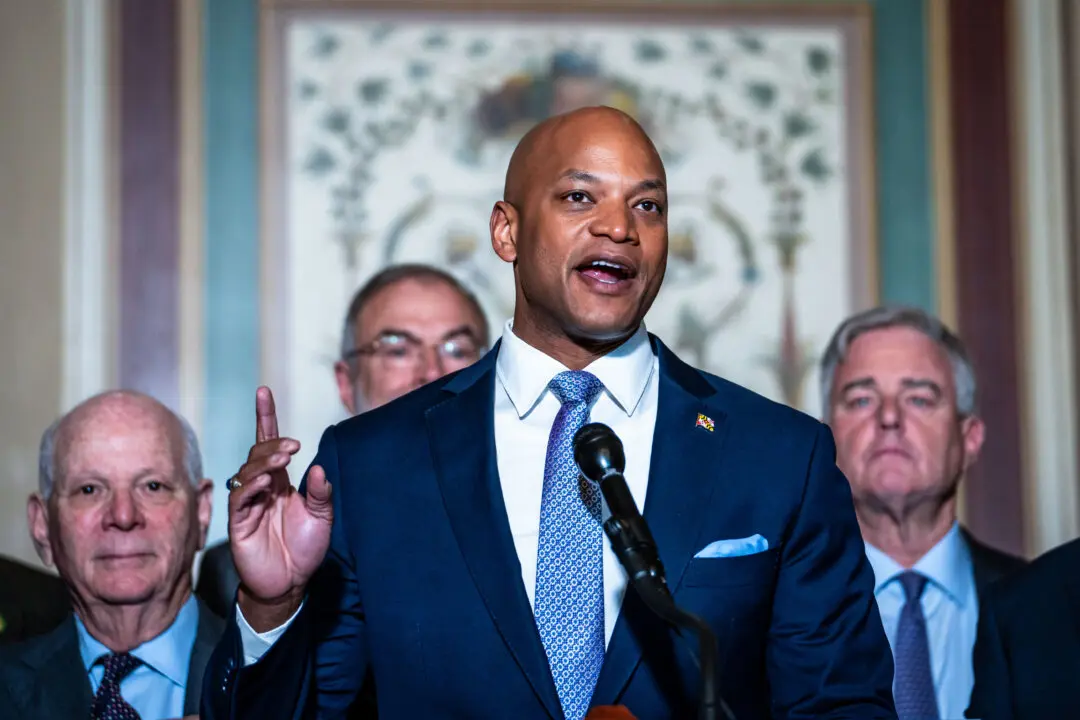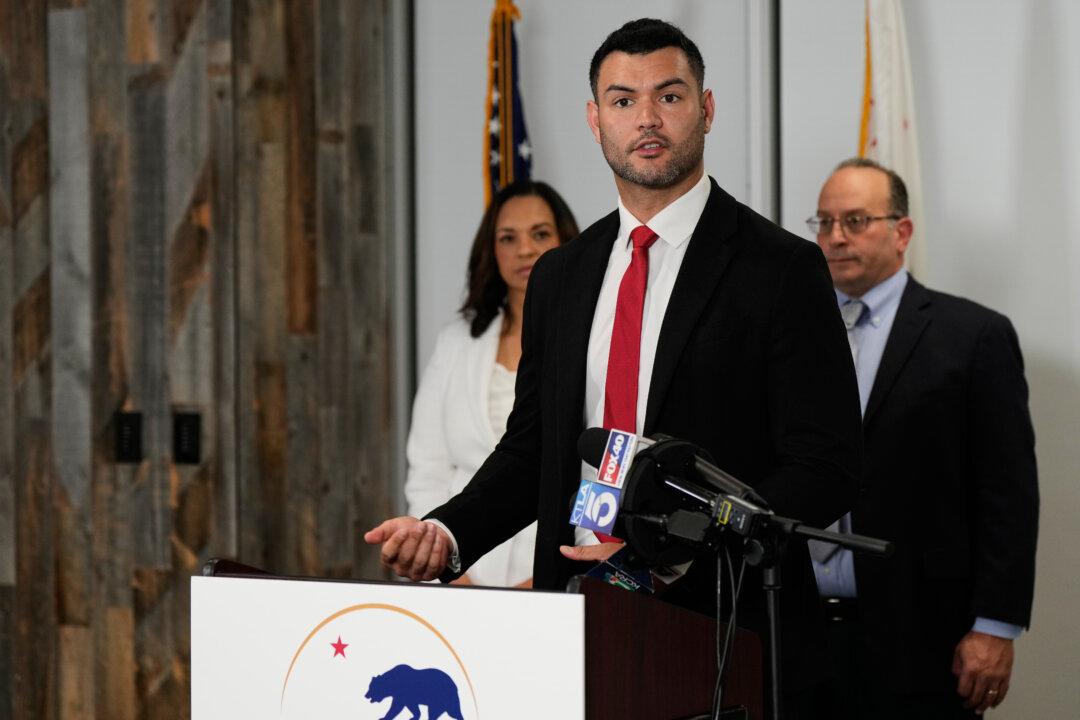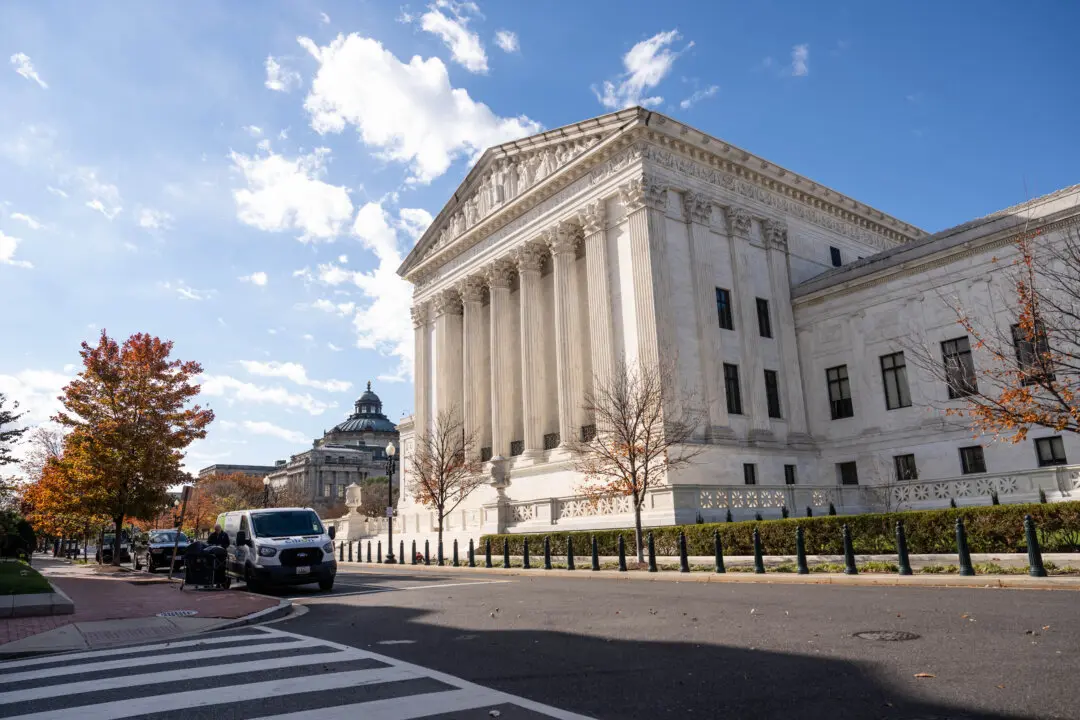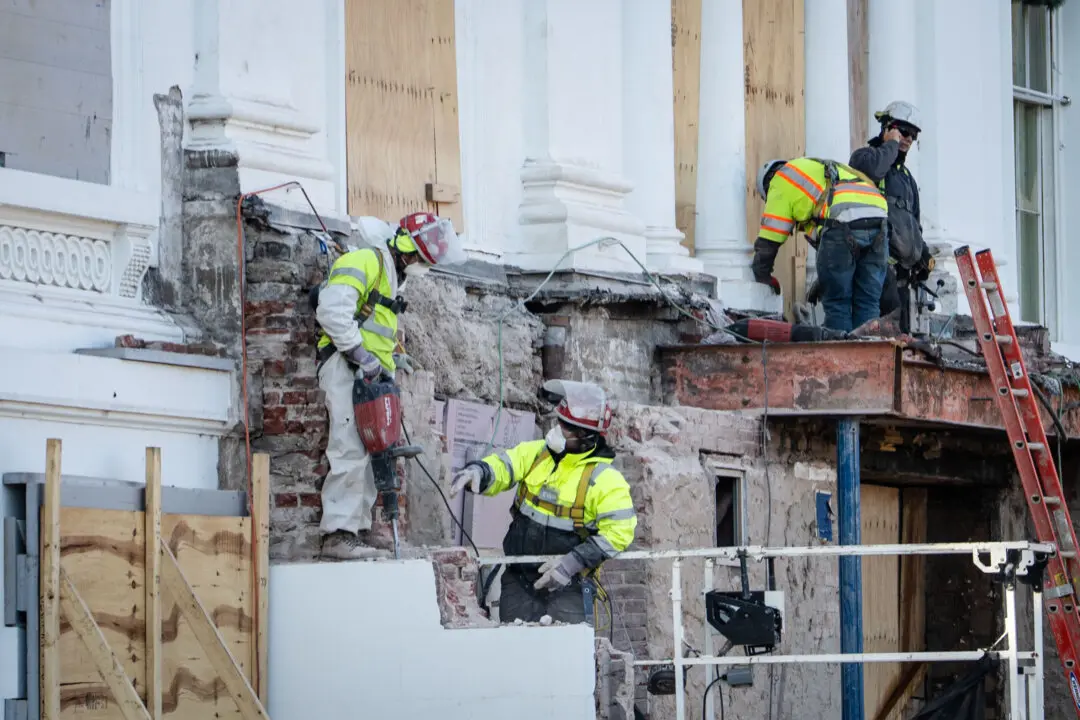Frustrated by Congress’s failure to break up the overworked, often-overruled U.S. Court of Appeals for the Ninth Circuit, President Donald Trump is attempting to dilute what he considers to be the liberal bias of the San Francisco-based 29-seat circuit court by nominating three new conservative judges.
The three nominees are California-based litigators Daniel Collins and Kenneth Lee, along with Assistant U.S. Attorney Patrick Bumatay, all of whom worked for Republican administrations and are reportedly members of the Federalist Society, a conservative-constitutionalist group.





